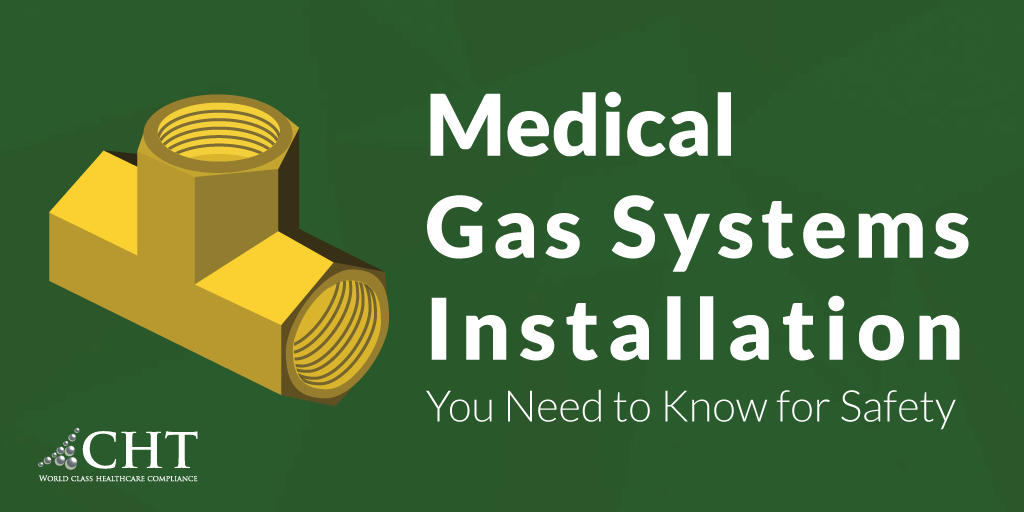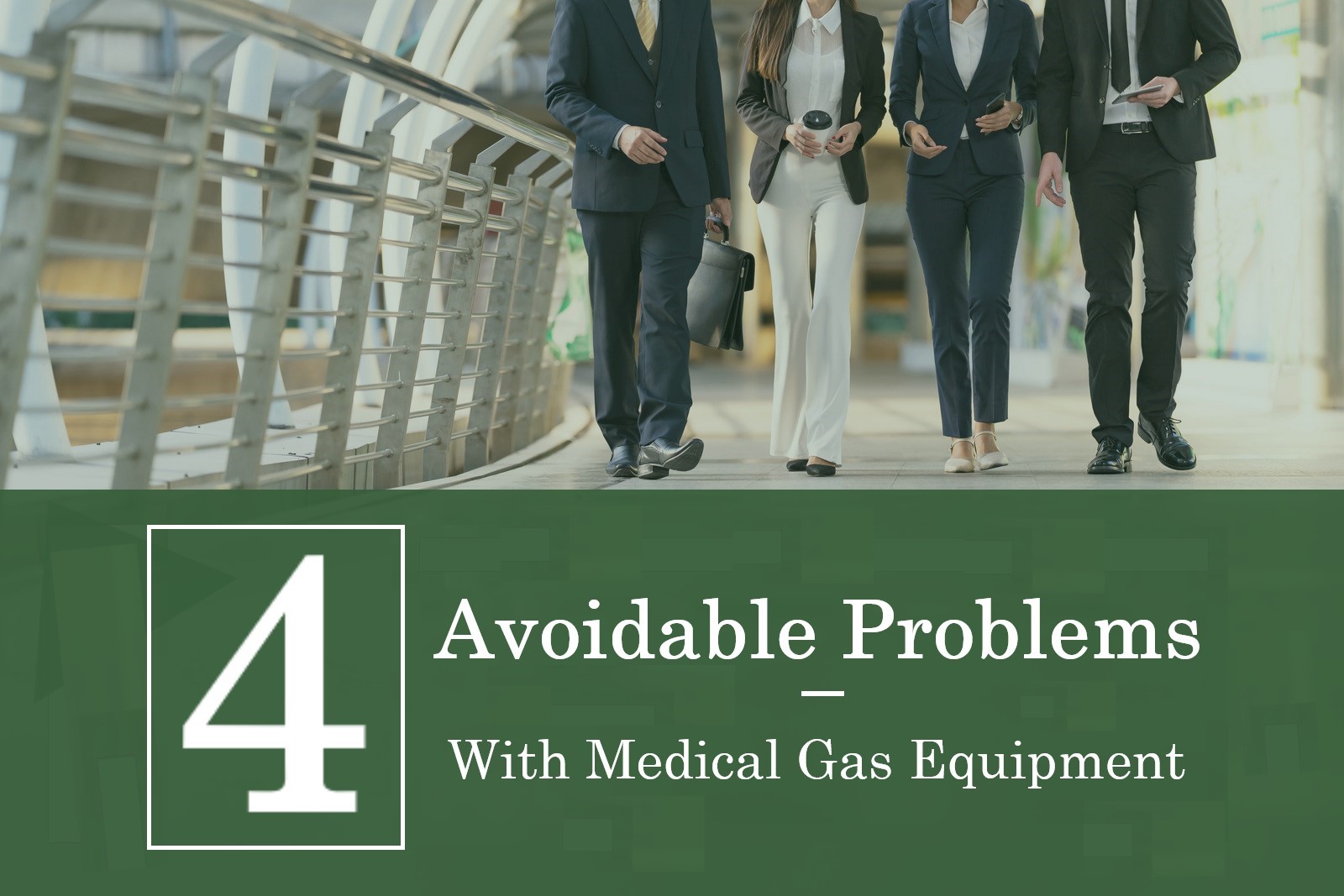
Medical gas systems in healthcare facilities and hospitals are essential for saving lives and providing critical patient care.
Often, medical gas systems fall under the oversight of a Certified Healthcare Facility Manager (CHFM). One of the more demanding responsibilities of a Certified Healthcare Facility Manager is to ensure their facility remains compliant regarding the use of medical gases.
Compliance requires that accredited personnel, usually a third party specializing in medical compliance, conduct all repairs, maintenance, and inspections.
Because these gases are so vital, proper installation is of the utmost importance.
In dealing with these critical gases, specific questions and materials are necessary for the safety of your patients and healthcare facility before installation.
(This article only covers some requirements of NFPA 99 and should not replace the official NFPA 99 Healthcare Facilities Code.)






%20RFA%20(1).png?width=840&height=473&name=NFPA%2099%20(2021)%20RFA%20(1).png)

.png?width=1920&height=1080&name=5%20Trends%20in%20medgas%20(1).png)




